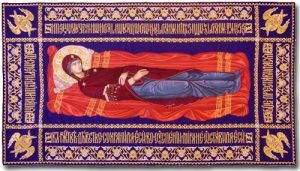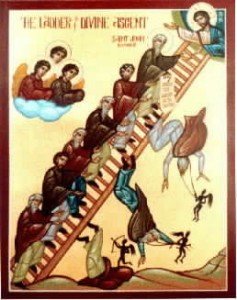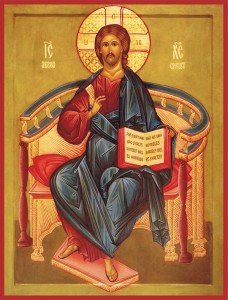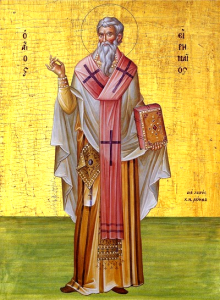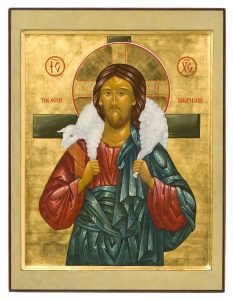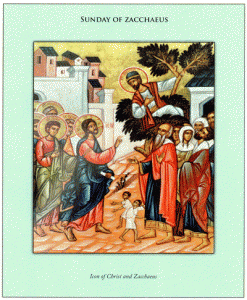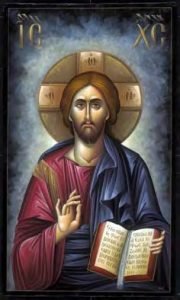I believe that we are “called to holiness” by God out of love. If we truly respond to this call, we begin to understand that our personal “salvation” is what transpires. So, it would seem that personal salvation is somehow connected to a real and true understanding of the meaning and purpose of this earthly existence. Furthermore, I believe that this “call to holiness” challenges us to believe that this present life is only a small portion of the immortality which is ours – only a portion of eternal life. We have things to learn during this earthly existence – things which can make us more like the human that God intended when He created us. The purpose of this present existence is to help us develop the spiritual-psychological dimensions of our person – to develop our ability to unconditionally love and forgive others. The ability to live in this manner is, perhaps, the most important ability to develop during this earthly life. I say this because this is the unique ability that Jesus demonstrated during His earthly life. This ability can also, as it did for Him, bring a certain internal peace. With this ability – that is the ability to unconditionally love andthe ability to unconditionally love and forgive others – we can grow in our likeness of God as seen in the Person of Jesus.
We must always remember that we are here on earth for a purpose. It is no accident that we have been born in this time and in this place. God has allowed life to orchestrate our existence. God’s Divine Plan is that all humans will be given the opportunities and help to fully develop the spiritual-psychological dimensions of their personalities. We are here to accomplish this. It is all a matter of believing this and then, voluntarily, doing all in our power to achieve it. The one wonderful thing is that, if we freely attempt to develop ourselves in this manner, God will see to it that we are given all the help we need to achieve it. We were created with free will. We have to make the decision!

